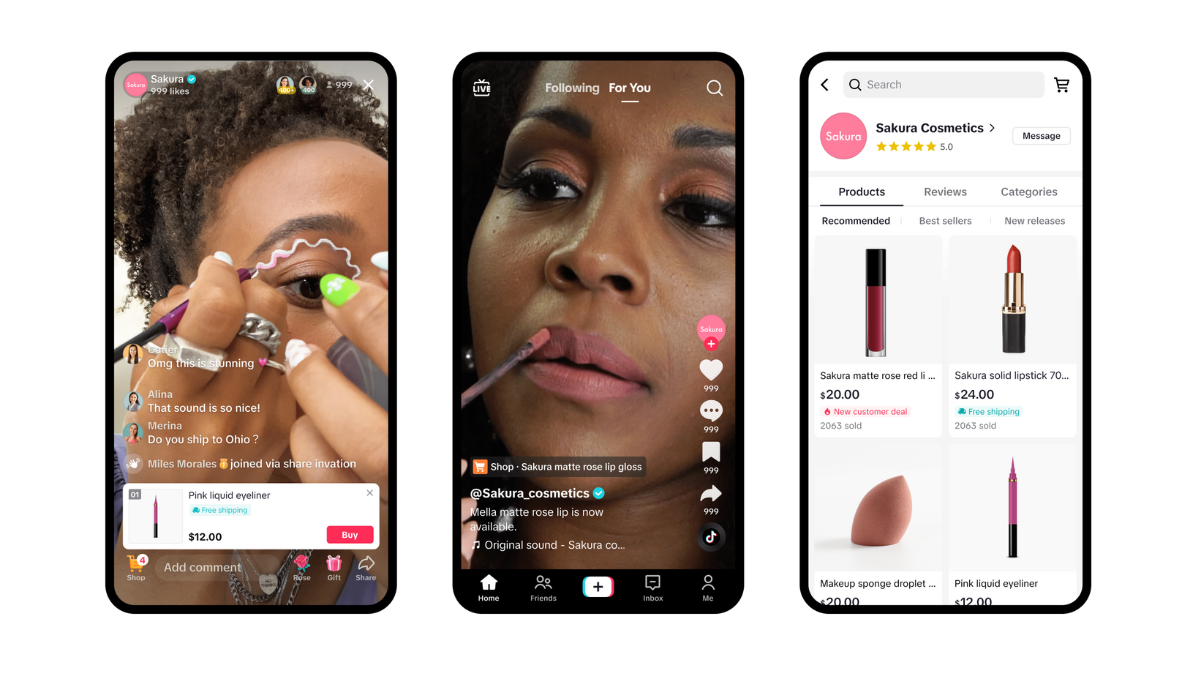Research from Amazon Ads suggests generational targeting is not enough by itself to meaningfully connect with audiences.
According to Beyond the Generational Divide: The New Rules for Consumer Connection, a new report from Amazon Ads and cultural consultancy Strat7 Crowd.DNA, campaigns that combine age-based targeting with audience signals like values, behaviours and communities deliver dramatically better results. Amazon DSP advertisers who used both saw conversion rates up to 2.2 times higher than those relying on age alone. Page views, add-to-cart rates and purchase rates also climbed by an average of 1.5 times.
The findings challenge the long-held habit of dividing audiences into generational boxes — baby boomers, Gen X, millennials, Gen Z — and assuming that’s enough to build relevance. But as the report makes clear, those labels often obscure more than they reveal.
A quarter of the 26,400 consumers surveyed for the report said they identify more with a different generation than their own. Four in five said their mindset defines them more than their age. And nearly 60% believe brands make inaccurate assumptions based on age alone.
‘After compiling all these insights and anecdotes, the old adage rings true,’ wrote Claire Paull, CMO of Amazon Ads. ‘Age really is just a number.’
Media coverage has fuelled the belief in strict generational differences. Amazon’s analysis of 600,000 news articles between 2021 and 2024 found a 36% year-on-year increase in stories about generations — often framed in stark contradictions. Millennials, for example, were described as both work-life balance champions (5,000 articles) and the burnout generation (1,800 articles).
But people are united by more than their age cohort. Amazon’s research found that audiences are:
- 2.2x more unified by shared communities than by generation
- 2.1x more unified by shared behaviours than by generation
- 1.4x more unified by shared values than generation
The report includes case studies of brands demonstrating how to target consumers beyond their age. Nissan UK’s recent inclusivity-in-sport campaign connected with anyone who cares about breaking down barriers, not just a specific age group. Booking.com tapped into the rise of ‘set-jetting’ — travellers choosing destinations based on their favourite shows — with campaigns linked to The Rings of Power and The Idea of You, driving significant jumps in brand favourability across demographics.
Communities, behaviours and shared passions, whether that’s livestreaming on Twitch, bingeing nostalgic TV, or championing social causes, matter more than birth years. The report effectively argues the brands that target people for who they are, not when they were born, will be the ones that cut through.
As cultural consultant Yaw Owusu puts it: ‘Me and my mum are both aspirational people. There’s no reason one brand can’t speak to both of us.’
Main image by Jorge Domingues on Unsplash.




















